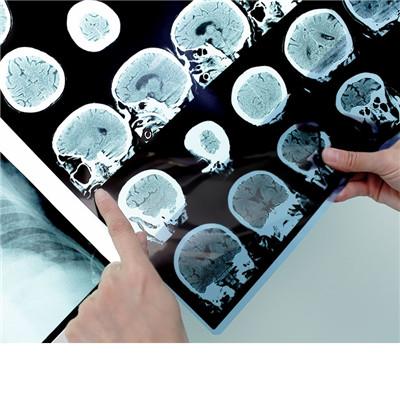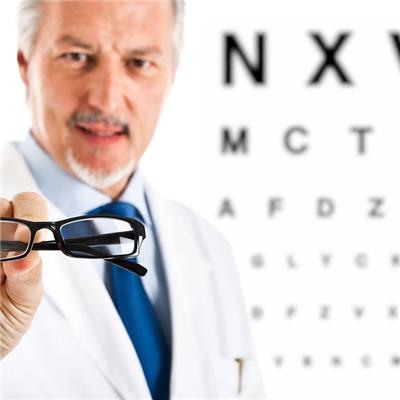What is hepatic artery ligation and embolization?
summary
The treatment of hepatic artery removal includes simple hepatic artery ligation, total hepatic artery removal, temporary hepatic artery occlusion and hepatic artery embolization. Simple hepatic artery ligation refers to ligation of proper hepatic artery in hepatoduodenal ligament, or ligation of left or right hepatic artery respectively. Total hepatic arterectomy refers to the ligation of the proper hepatic artery, cutting and ligating all the ligaments around the liver, including falciform ligament, triangular ligament, coronary ligament and hepatogastric ligament, only preserving the common bile duct and portal vein in the hepatoduodenal ligament. Temporary hepatic artery occlusion refers to cutting off the perihepatic ligament and accessory hepatic artery, but not cutting off the hepatic artery, only blocking the hepatic artery for a period of time and then reopening to delay the establishment of hepatic collateral circulation, at the same time, chemotherapy drugs can be infused through the hepatic artery. Intraoperative hepatic artery embolization refers to the injection of chemotherapeutic agents and embolic agents through hepatic artery intubation on the basis of hepatic artery ligation.
What is hepatic artery ligation and embolization?
Hepatic artery ligation and embolization is suitable for: according to the purpose of operation, the indications of hepatic artery ligation can be divided into stopping hepatic hemorrhage, preparation for hepatic lobectomy, palliative treatment of liver cancer and preparation for secondary resection of liver cancer. The common causes of liver hemorrhage include liver trauma, spontaneous rupture of liver tumor and hemobilia( 1) Liver trauma: massive hemorrhage of liver wound is the main cause of early death of liver trauma. Therefore, hepatic artery ligation can be used in the treatment of complicated liver rupture, such as liver penetrating injury, central liver rupture, or uncontrollable massive hemorrhage due to liver rupture treated by packing method, and the patient's condition does not allow more complicated operation( 2) Spontaneous rupture and hemorrhage of liver tumor: it is more common in rupture and hemorrhage of liver cancer and hepatic hemangioma. When the lesion cannot be resected and sutured, the hepatic artery branch on the affected side can be ligated to achieve the purpose of hemostasis( 3) Hemobilia: hepatic artery ligation is a simple and effective method for the treatment of hemobilia. The indications of hepatic artery ligation for the treatment of hemobilia are as follows: 1. Ulcerative hemorrhage caused by hepatobiliary tract infection, and the bleeding site is difficult to determine; ② Multiple or bilateral bleeding, bleeding site is difficult to determine; ③ The patients with intrahepatic hemobilia, liver without local lesion and hepatic artery tremor disappeared after blocking hepatic artery; ④ Those who are in critical condition and can not afford more complicated operation; ⑤ Technically, patients who do not have hepatic lobectomy are not available.
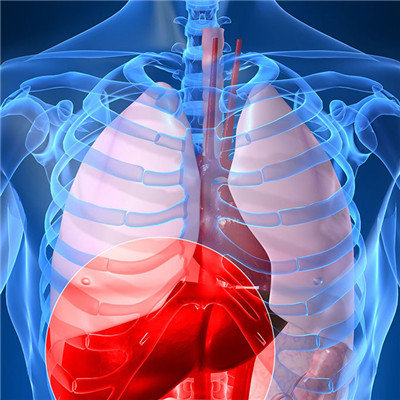
Contraindications: 1. Shock or insufficiency of blood volume and extracellular fluid. 2. Hypoxemia, hepatic artery ligation will further lead to liver hypoxia. 3. Moderate or above cirrhosis or obvious damage of liver function. 4. Main portal vein embolism caused by liver cancer or thrombosis. 5. Moderate or above esophageal varices. 6. Severe metabolic disorder, such as hypoglycemia and hyponatremia, indicates the decrease of portal vein blood flow and oxygen saturation. 7. Patients with severe heart, lung, kidney and other important organ diseases can not tolerate surgery.
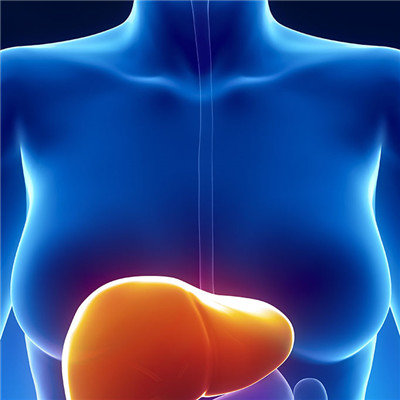
To recover blood volume and extracellular fluid quickly and correct shock: to supplement whole blood when losing blood, to supplement plasma, substitute plasma and balance fluid when severe dehydration, to maintain normal blood pressure, to correct water, electrolyte and acid-base disorders. Cardiotonic can be used to increase the stroke volume in patients with cardiac dysfunction. Glucagon and low molecular dextran can also be used to increase portal blood flow. 2. Continuous oxygen inhalation can correct shock and increase oxygen content in portal vein when oxygen flow is 3-4 L / min. 3. Active liver protection treatment: (1) high sugar, high protein and high vitamin diet were given before operation, and vitamin C, B and K were taken orally to increase liver function reserve; ② Patients with hypoproteinemia were given intravenous albumin infusion to increase the albumin content; ③ When the patient's general condition is poor, intravenous infusion of hypertonic glucose, branched chain amino acids, energy mixture, etc. can increase liver glycogen reserve and reduce protein consumption.
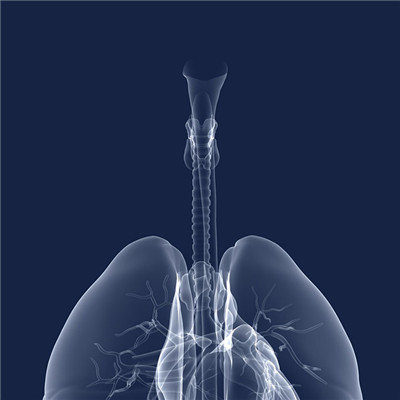
matters needing attention
The ligation site of hepatic artery depends on the need. Ligation of left or right hepatic artery is the first choice for liver tumors, which is safe. The proper hepatic artery, common hepatic artery, gastroduodenal artery and right or left hepatic artery can be ligated at the same time for complete hemostasis.

